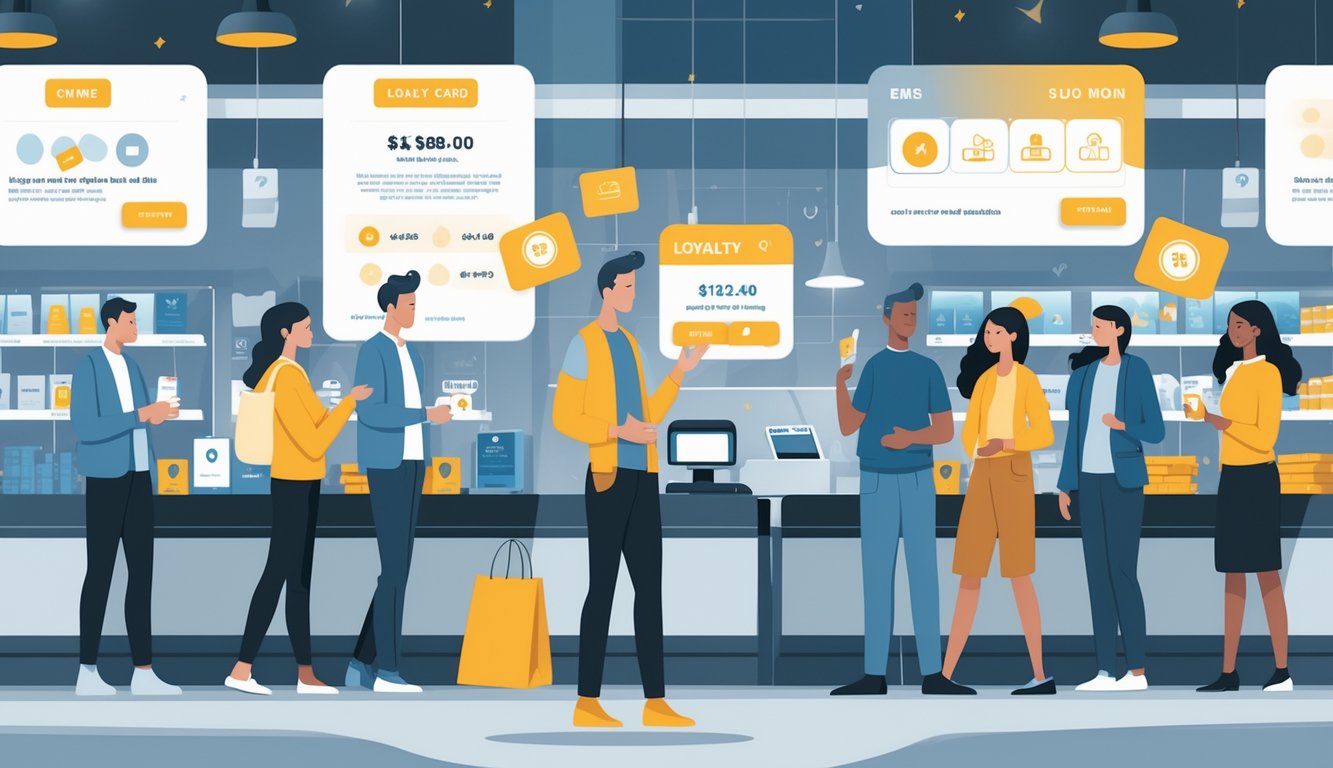
The Role of Partnerships in Modern Loyalty Programs
Remember when everyone said brick-and-mortar was doomed? Well, I’m still here, juggling promo codes to get a free coffee from my sneaker app. Partnerships are everywhere now. The old punch card’s dead. Now it’s all about stacking points, tiered rewards, and random notifications that show up when I’m least ready.
Collaborations Between Brands and Third Parties
Stuff changes so fast. American Express tosses out streaming credits, Target teams up with Ulta Beauty—suddenly my hair gel and tortilla chips rack up the same points. EY says over a third of people actually care about access to partner brands, according to Customer Experience Dive. I guess? I can’t remember the last time I joined a rewards program for some weird crossover, but maybe I’m missing out.
Half the time, “exclusive” rewards make me jump through hoops—link three accounts, find a promo code from last year, pray it works. Insiders love to hype up “loyalty ecosystems” (ugh), letting you earn points across restaurants, clothing, ride-shares—never at my dry cleaner, though. He’s still stamping paper cards like it’s pre-Y2K.
Managers keep shouting about “omnichannel engagement,” but honestly, I’m still lost. My bagel run: does it get me points on my phone, my watch, or just if it’s Tuesday? Forbes says “customer-wherever-they-are,” which is a mouthful (here’s the full thing). I don’t know. I usually just forget and pay cash.
Expanding Perks Through Brand Networks
Loyalty programs now feel like someone mashed up an airline alliance and a coupon swap. Competing stores join forces—drugstores let you turn points into Uber rides, grocery apps combine offers. Arrivia nailed it in their loyalty ecosystem piece: the best programs cross brands, not trap you in one.
But when perks widen, so do the headaches. I tried using points for a concert—got blocked by some fine print that wanted me to buy through a sketchy app. WeArePhaedon says only the brands with “data-driven, strategic partnerships” actually give real value. The rest? Endless “exclusive” offers, extra clicks, and wasted time. Not worth it.
Now I can earn wellness points for buying socks. Cool, I guess? But if the network’s clunky, the perks are useless. People spot friction fast and bail, no matter how many shiny slides promise a “benefit ecosystem.”
Impact of Inflation and Economic Factors
Toothpaste and vegan cheese prices go up, my receipts get more ridiculous, and rewards? They shrink or vanish. Nobody talks about how awkward it is when loyalty perks start to feel like a joke. Everyone’s clinging to their wallets.
How Inflation Affects Loyalty Rewards
I used to rack up points at the pet store—free treats for my rescue mutt, easy. Now? Bonus days are rare, birthday offers are weak, and prices keep rising. Inflation isn’t just a buzzword; it’s a slap in the face. Retailers quietly trim reward value while pretending everything’s fine. HBR did a whole deep dive: people expect more during inflation, not less.
The worst is when rewards just drop—suddenly it’s 1% cash back, not 2%. Nobody reads the fine print, but you notice. My neighbor, who’s a CPA, started tracking “points per dollar.” That’s when you know things are bad. Some call it “loyalty fatigue.” I call it “everyone’s hunting deals, not brands.”
It’s simple: as inflation eats discounts, people chase every cent. Loyalty starts feeling like homework. I’ve started calculating if it’s even worth it for groceries or kitchen stuff.
Retailer Responses to Economic Pressures
I’m not proud of the hours I’ve spent doomscrolling apps for a bonus. Retailers aren’t just raising prices—they’re quietly making loyalty programs stingier. Points expire faster, perks get vaguer, and those “insider” sales? Usually just hype. Fast Company’s take is spot-on: retailers push “empathy” and “emotional connection,” but shoppers see right through it (see here).
Some stores double down on rewards, but only if you spend more than you should (I own too many novelty socks now). Loyalty feels like a game I can’t win—platforms get “upgraded,” but the good stuff hides behind extra steps. Sometimes I think it’s easier to just wait for a sale.
Forbes says brand loyalty drops when people worry about money. Retailers scramble, but if perks get stingy, shoppers just move on. Supply chain, higher costs, whatever—if the rewards stink, I’m not sticking around.



